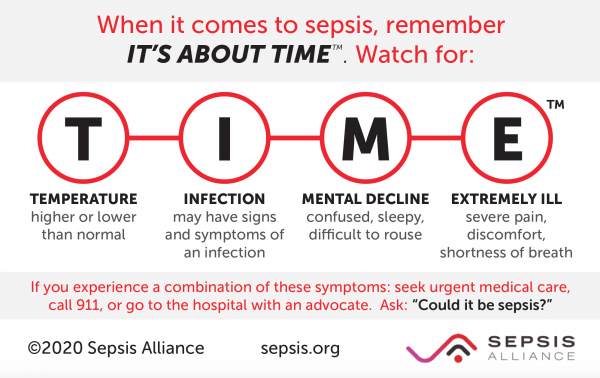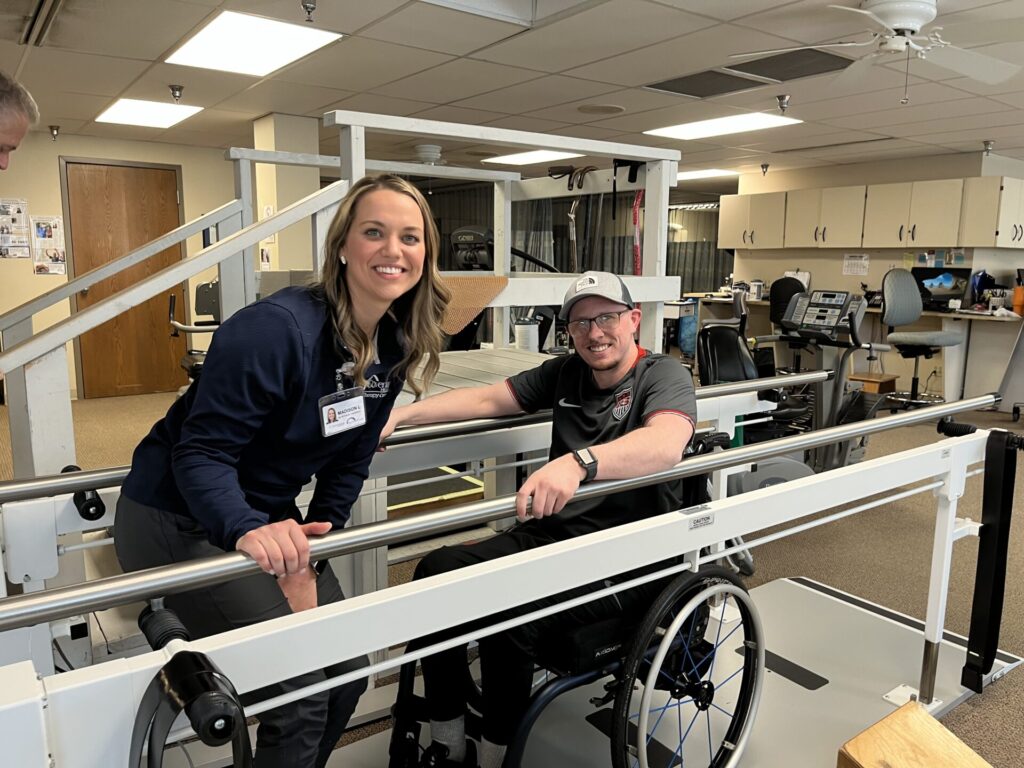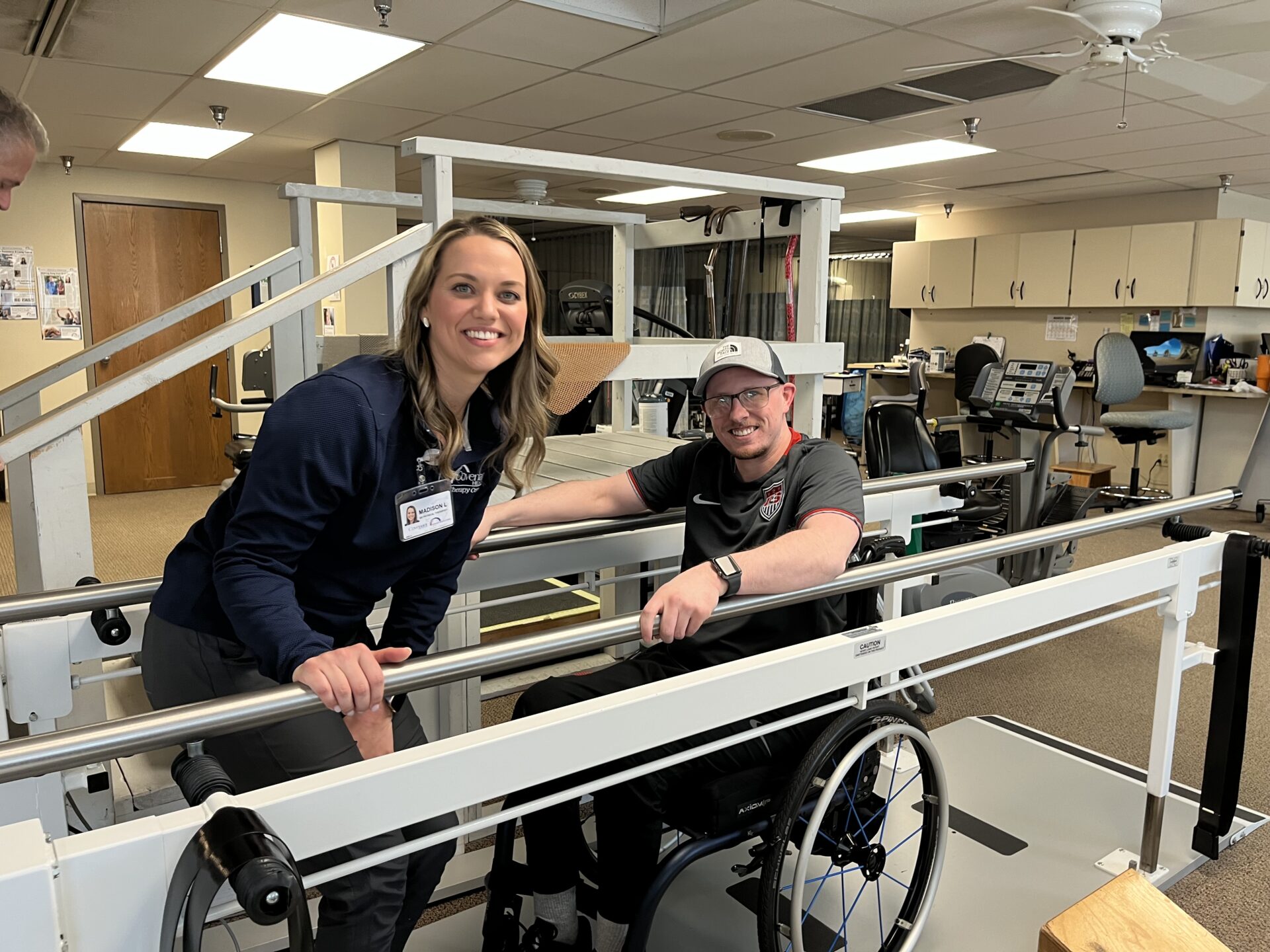- Find a DoctorDoctors by Specialty
- Cardiac Electrophysiology
- Cardiology
- Colon & Rectal Surgery
- Family Medicine
- Gastroenterology
- General & Vascular Surgery
- Gynecological Oncology
- Gynecology
- Infectious Disease
- Internal Medicine
- Interventional Cardiology
- Interventional Radiology
- Nephrology
- Neurology
- Neurosurgery
- Obstetrics & Gynecology
- Oncology
- Oncology & Hematology
- Orthopedic Surgery
- Otolaryngology
- Perinatology
- Psychiatry
- Pulmonary Medicine
- Radiation Oncology
- Rheumatology
- Sleep Medicine
- Thoracic Surgery
- Urology
- View All Doctors
- Our ServicesMedical Services
- Bariatric Services
- Behavioral & Mental Health
- Breast Care
- Cancer Care
- Critical Care
- Ear, Nose, & Throat
- Emergency Services
- Gastroenterology
- Glossary
- Heart Care
- Home Care
- Hospice & Palliative Care
- Imaging & Diagnostics
- Long-Term Care
- Nephrology
- Orthopedics
- Primary Care
- Rehabilitation Therapies
- Robotic-Assisted Surgery
- Sleep Services
- Spine Care
- Stroke Care
- Surgery Services
- Telehealth Services
- Urology
- Urgent Care
- Virtual Urgent Care
- Women’s Services
- Wound Care
- Our Locations
- Patients & Visitors
- About Us
Sepsis Awareness Month is recognized each September (with World Sepsis Day on Sept. 13) to remind us to take precautions to help prevent this life-threatening condition. But what exactly is sepsis? Sepsis accounts for at least eight million deaths worldwide each year. However, less than 50 percent of the population knows about sepsis.
In Tennessee, 80,000 adults and 900 children were hospitalized for sepsis in 2022. Sepsis is the body’s abnormal response to an infection. Common symptoms include fever, chilling, fast heart rate, fast breathing, foggy thinking, weakness, hurting and generally feeling very sick. The symptoms are mild at first but worsen quickly and can lead to permanent disability or death.
Early recognition and treatment are vital for survival, so if you think you or a loved one has signs of sepsis, seek medical attention right away and say, “I am concerned about sepsis.”
What Causes Sepsis?
Any infection can cause sepsis, and the source of infection can be viral, bacterial, fungal or caused by a parasite. It can be something that started as a simple paper cut or bug bite, or a larger infection, such as pneumonia or meningitis. Sometimes the cause is unknown. It can affect people of all ages and all levels of health, but those who are more likely to be severely affected are young children, older adults and people with chronic illnesses.
Prevention is Key
The risk of sepsis drops when infections are treated as quickly as possible. Healthcare experts recommend staying current with your vaccinations, practicing good hygiene and seeking medical attention when you have an infection.
What are the risk factors for sepsis?
The obvious risk factor is an infection. Any infection, from the tiniest source (a bug bite, a hangnail, etc.) to the more severe (pneumonia, meningitis, and more), can trigger sepsis, which can lead to severe sepsis and septic shock. The infection can be bacterial, viral, fungal, or parasitic. But some people do have a higher risk of developing infections and sepsis than others.
Those at the highest risk of developing sepsis include the very young and the very old (infants and seniors), as well as people with chronic or serious illnesses, such as diabetes and cancer, and those who have an impaired immune system. People who are malnourished can also contract infections more easily.
Don’t Wait
It’s important for members of the community to know the symptoms of sepsis, as there is no way to tell who may become septic. If you or a loved one have a high heart rate, fever or just feel overwhelmingly sick, seek treatment from a medical professional immediately.
Early treatment is crucial if you think you may have sepsis. Don’t wait. A patient can be stable or only mildly ill and decline rapidly if they become septic. Sepsis is a medical emergency. If you suspect sepsis, call 911 or go to a hospital right away.
What to Know about Sepsis
Common sepsis symptoms include fever, chilling, fast heart rate, fast breathing, foggy thinking, weakness, hurting and generally feeling very sick. The symptoms are mild at first, but worsen quickly and can lead to permanent disability or death. Early recognition and treatment are vital for survival. If you think you or a loved one has signs of sepsis, seek medical attention right away and say, “I am concerned about sepsis.”
Get Your Sepsis Facts Straight
- Sepsis is not contagious. According to a 2019 study, 39 percent of Americans incorrectly
believed they could catch it. Thirty-four percent of Americans say they have never heard of it. - There is no simple test or cure for sepsis. It can, however, be prevented with early recognition and treatment of infection.
- Sepsis is the leading cause of death in hospitals. Eighty-seven percent of sepsis cases start in the community, and 19 percent of people with sepsis are readmitted with 30 days.
To learn more about sepsis visit Sepsis.org.

























